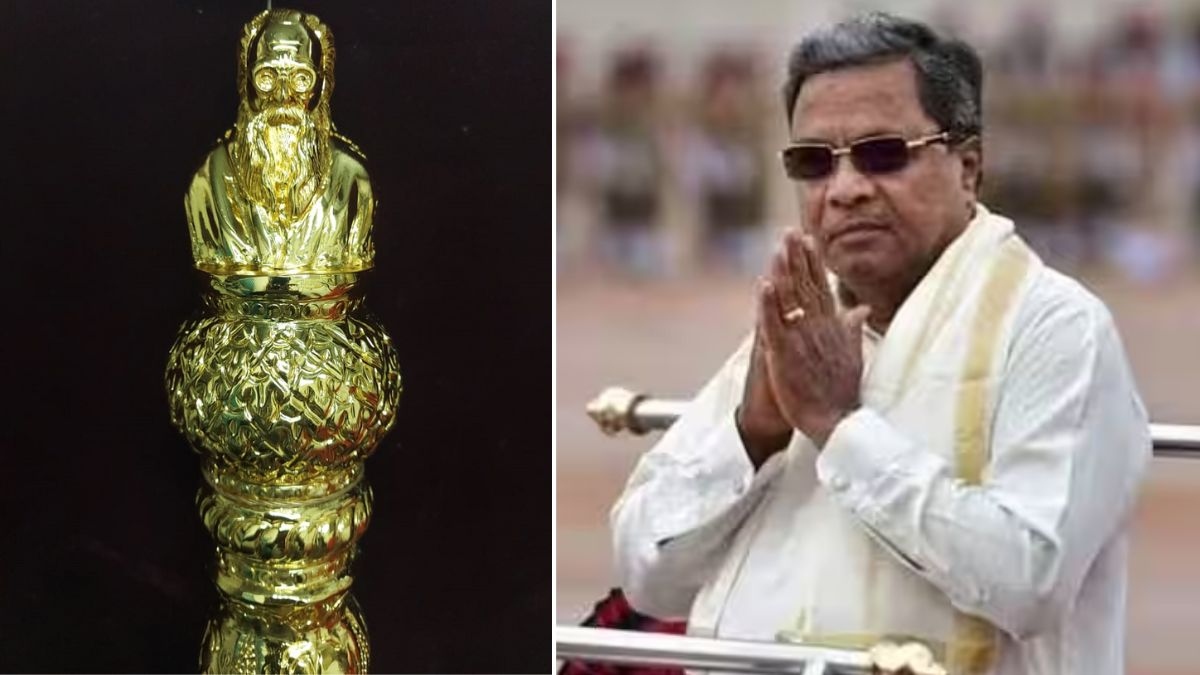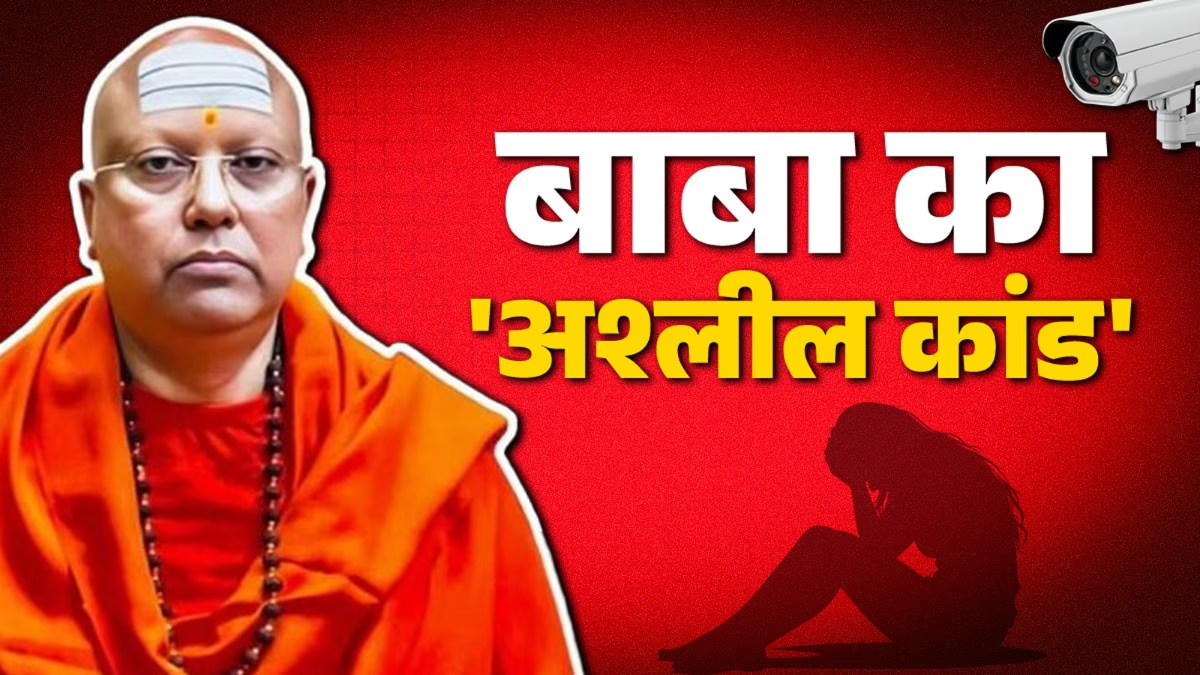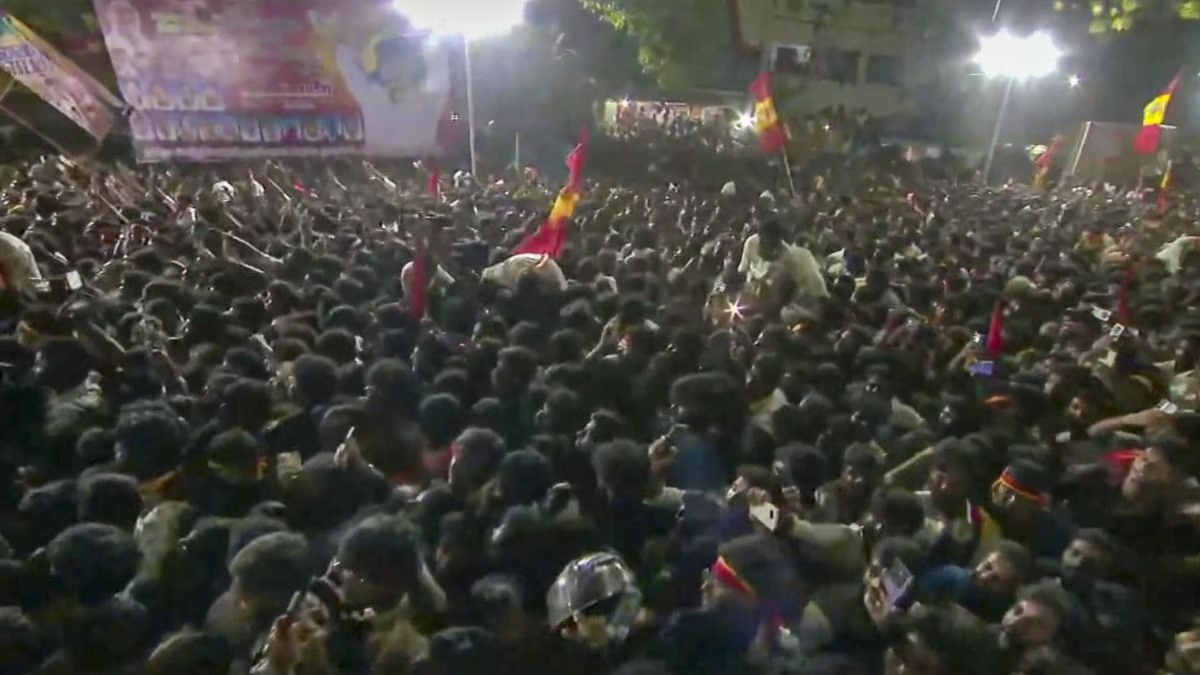On the auspicious inauguration of the new parliament building in May, Prime Minister Narendra Modi was ceremoniously presented a sacred scepter known as 'Sengol' by 21 Adheenam seers. Now, the same mark of distinguished leadership awaits Karnataka's Chief Minister, Siddaramaiah, who is set to receive a scepter graced with a statue of Periyar. The 'Makkal Samooha Nidhi Parvai' from Madurai will gift the Sengol at 6 PM Saturday evening at the CM’s Bengaluru office. Preceding this, the day's events will kick off at 11 AM. Over 30 people, including chairman Manoharan and Ganeshan, will bestow the gold-plated Sengol upon the CM, expressing their wish for him to protect social justice within democracy.
The Sengol is embellished with the likeness of Periyar, renowned as 'Asia's Socrates,' and a pivotal figure in South Indian leadership. Born into a Hindu family in 1879, he spent his life combatting societal ills such as child marriage and the Devadasi system, always advocating for the rights of women and the oppressed Dalits. Periyar launched a campaign for temple entry rights for Dalits in Kerala in 1924 and resisted the imposition of Hindi in Tamil Nadu. At one point, his protests led to the destruction of several Hindu idols. He sparked the 'Self-Respect Movement,' opposing Brahminism, and boldly burned Hindu scriptures, rejecting the caste system.
An in-depth look into the Sengol reveals that its origin traces back to the Tamil word 'Semmai,' meaning righteousness. The bearer of the Sengol is thus believed to be steadfast in just and ethical governance. Historically, a newly-anointed king would be formally handed the scepter by his guru, symbolizing rightful authority to dispense justice.
Dr. Padma Subrahmaniam shared, 'An inspiring Tamil article published in Tuglaq magazine described the Sengol's historical significance. It recounted how Chandrasekharendra Saraswati enlightened his pupil Dr. Subramaniam about the Sengol back in 1978, who then mentioned it in his books.'
'The Sengol holds immense cultural significance, symbolizing power and justice in Tamil heritage. Its relevance extends beyond a mere millennium, as the ancient Tamil epic also references the Sengol in relation to the Chera kings,' explained Dr. Padma. She expressed her keen interest to trace the golden scepter's history and its intriguing connection to India's first Prime Minister, Jawaharlal Nehru, as detailed in the magazine article. According to it, Nehru was presented a Sengol, which now resides in his birthplace, Anand Bhavan—raising the fascinating question of the underexplored links between Nehru and the Sengol.




